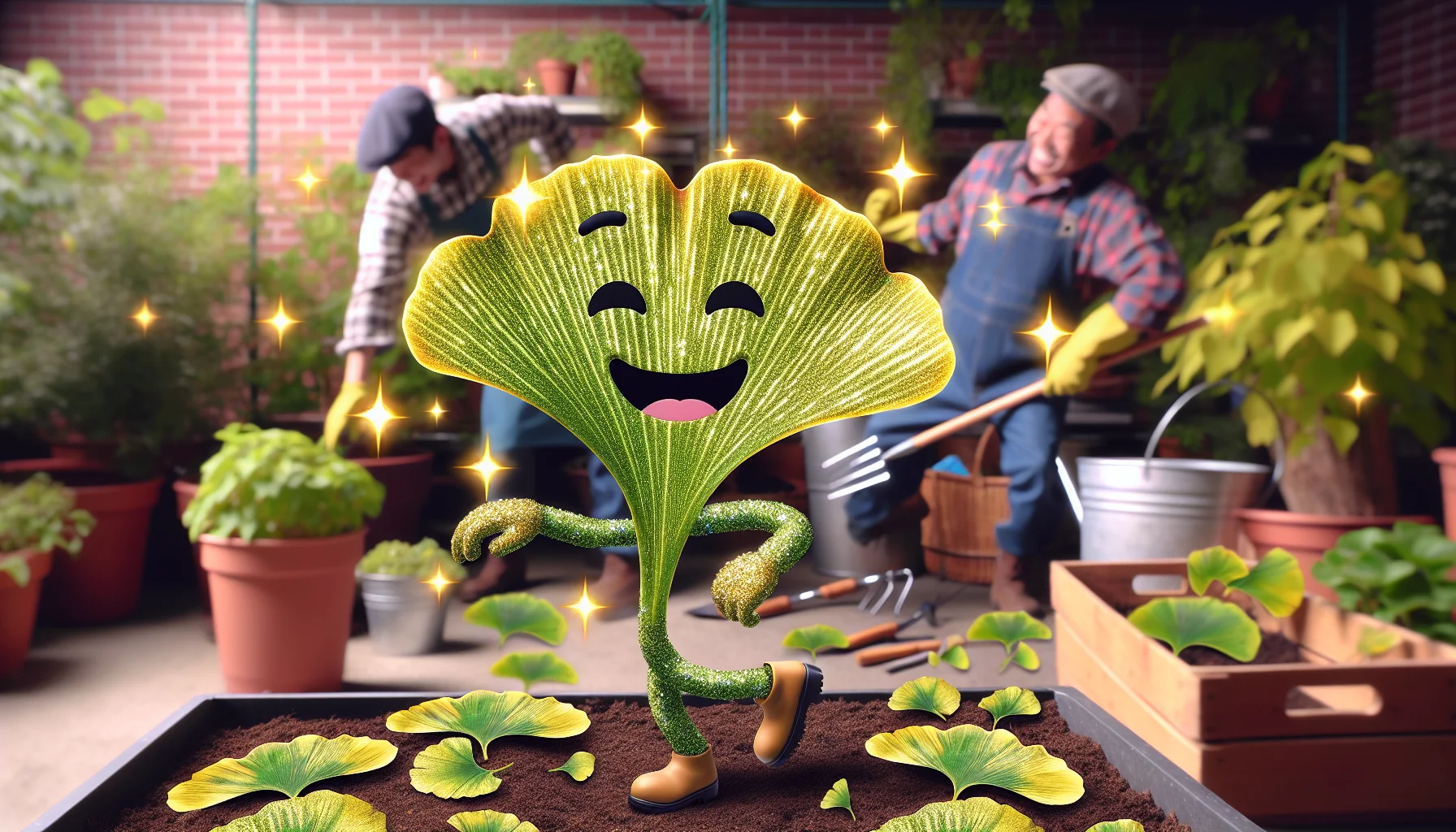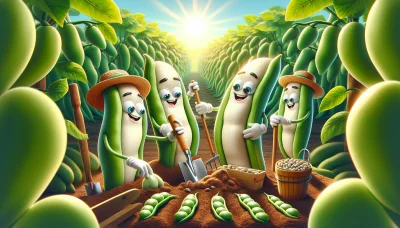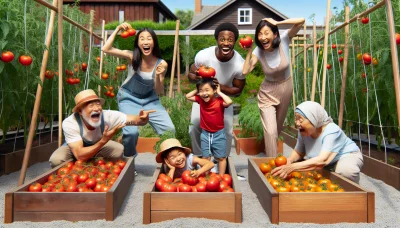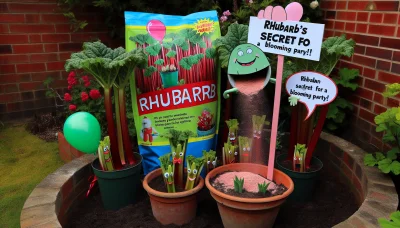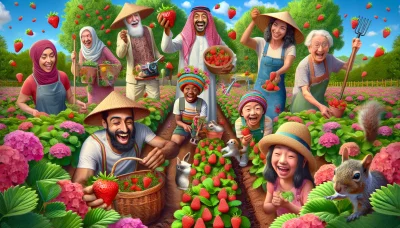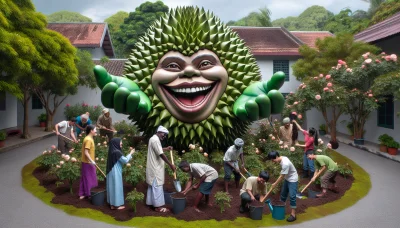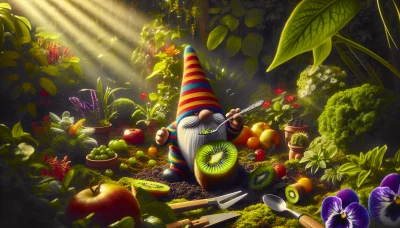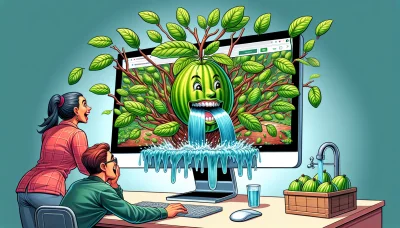Ginkgo leaf meaning Quiz
Test Your Knowledge
Question of
The Symbolism and Significance of the Ginkgo Leaf
The ginkgo leaf, with its distinctive fan shape and unique beauty, holds profound symbolism and significance across various cultures throughout history. Originating from the ginkgo biloba tree, which is considered a living fossil due to its ancient lineage, the ginkgo leaf symbolizes longevity, resilience, peace, and hope. In Eastern cultures, particularly in China and Japan, the ginkgo is revered for its medicinal properties and its ability to withstand adverse conditions, making it a symbol of endurance and vitality. The tree's resistance to disease and pollution has also made it a symbol of environmental consciousness and a beacon of hope for a sustainable future. Furthermore, in literature and art, the ginkgo leaf often represents a poignant reminder of the ephemeral nature of life, encouraging a deeper appreciation for the beauty and transience of the world around us.
Understanding the Ginkgo Tree
The Ginkgo tree, scientifically known as Ginkgo biloba, is a unique species with no close living relatives. It is often referred to as a 'living fossil', as it has remained unchanged for more than 200 million years. Native to China, the Ginkgo tree is renowned for its distinctive fan-shaped leaves, which turn a bright yellow in the fall. This tree is dioecious, meaning it has separate male and female plants, with the female trees producing a fruit-like seed that is known for its strong, unpleasant odor. Ginkgo trees are highly resilient, tolerating pollution and confined soil spaces, which makes them popular in urban environments around the world. Beyond its ornamental value, Ginkgo biloba has been used in traditional medicine and is today researched for its potential health benefits.
Ginkgo Leaf in Traditional Medicine
Ginkgo leaves have long been a staple in traditional medicine practices across the globe, revered for their wide array of therapeutic benefits. Originating from the ancient ginkgo biloba tree, which is considered a living fossil, these leaves have been utilized for thousands of years, especially in China, Japan, and other parts of Asia. Traditional uses of ginkgo leaves include improving blood circulation, enhancing cognitive function, treating asthma, and providing relief for those suffering from hearing disorders. They contain potent antioxidants, which are believed to contribute to their health benefits by fighting the damaging effects of free radicals. Despite their long history of use, modern science continues to explore the full extent of ginkgo leaves' medicinal properties, confirming many benefits and investigating new potential uses.
Ginkgo Leaf in Modern Gardening
The ginkgo tree, with its distinctive fan-shaped leaf, has become a symbol of resilience and longevity in the gardening world. Incorporating ginkgo trees into contemporary garden designs not only adds a touch of ancient beauty but also brings numerous benefits. These trees are remarkably adaptable, thriving in a wide range of soil types and environmental conditions, making them a versatile choice for urban and residential landscapes. Their resistance to pests and diseases contributes to a healthier, more sustainable garden ecosystem. Moreover, the unique aesthetic of the ginkgo leaf, especially its vibrant yellow hue in the fall, provides a striking visual contrast that can enhance the overall appeal of modern garden spaces. The ginkgo tree's ability to withstand pollution and its non-invasive root system make it an ideal candidate for adding greenery to urban areas, offering a blend of historical significance and contemporary relevance.
How to Care for Your Ginkgo Tree
-
Planting
- Choose a location with full sun to partial shade and well-drained soil.
- Ensure the planting spot allows enough room for growth, as ginkgo trees can become quite large.
- Dig a hole twice the width and the same depth as the root ball.
- Place the tree in the hole gently, filling it with soil and watering it thoroughly.
-
Watering
- Water young trees regularly, keeping the soil moist but not waterlogged.
- Once established, ginkgo trees are relatively drought tolerant but should be watered during prolonged dry spells.
-
Pruning
- Prune in late winter or early spring before new growth begins.
- Remove any dead, damaged, or diseased branches.
- Thin out the canopy to allow light and air to penetrate, which helps prevent disease.
-
General Care
- Apply a balanced fertilizer in early spring, following the manufacturer's instructions.
- Mulch around the base of the tree to help retain moisture and regulate soil temperature.
- Monitor for pests and diseases, though ginkgo trees are generally resistant.
The Ecological Impact of Ginkgo Trees
Ginkgo trees, known for their resilience and distinctive fan-shaped leaves, play a significant role in various ecological aspects, affecting biodiversity, soil health, and the environment in multifaceted ways. As living fossils, these trees contribute to biodiversity by providing habitat and food for a variety of species, including insects and birds that rely on ginkgo seeds. The presence of ginkgo trees can enhance local biodiversity levels, offering ecological niches for several organisms. In terms of soil health, ginkgo trees impact the surrounding earth through their leaf litter, which decomposes and enriches the soil with nutrients. This process improves soil quality, promoting a healthier environment for other plant species to thrive. Furthermore, ginkgo trees serve as natural air purifiers. Their leaves absorb pollutants and carbon dioxide, contributing to cleaner air and mitigating some urban environmental issues. The ecological impact of ginkgo trees is thus profound, underlining the importance of preserving these ancient trees for environmental health and sustainability.
Incorporating Ginkgo Leaves into Lifestyle and Decor
| Use | Benefits | Tips |
|---|---|---|
| Home Decor | Adds a natural and serene aesthetic | Frame dried ginkgo leaves or use them in floral arrangements |
| Culinary Arts | Rich in antioxidants and can improve memory | Incorporate ginkgo nuts into dishes like salads or soups for a unique flavor |
| Personal Wellness | Improves circulation and cognitive function | Create a ginkgo leaf tea or supplement routine |
